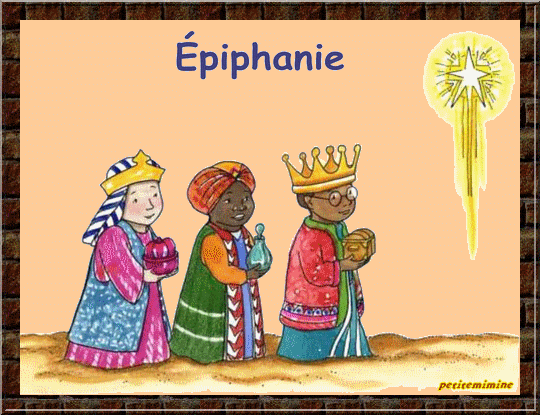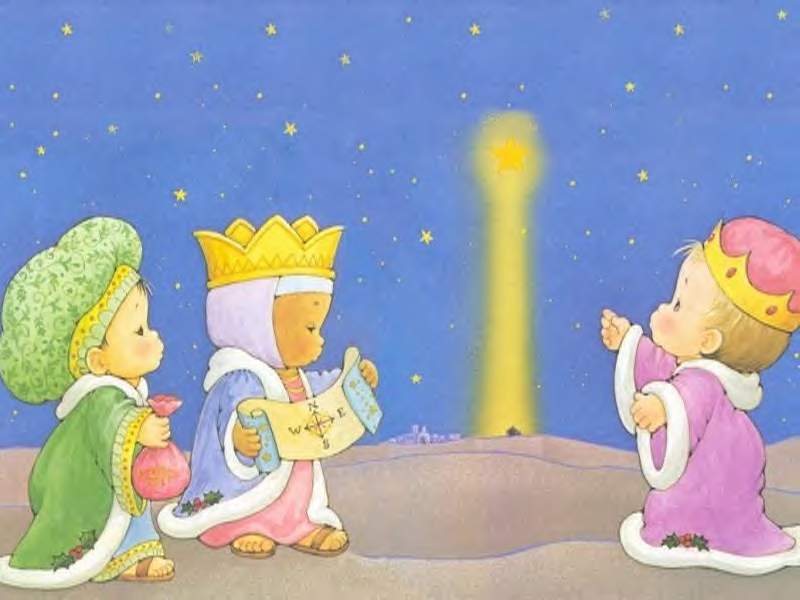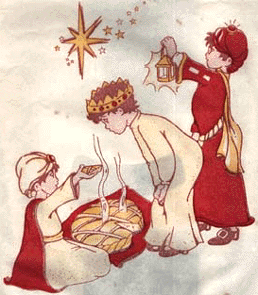Nero (Latin: Nero Claudius Caesar Augustus Germanicus; 15 December 37 – 9 June 68), was Roman Emperor from 54 to 68, and the last in the Julio-Claudian dynasty. Nero was adopted by his great-uncle Claudius to become his heir and successor, and succeeded to the throne in 54 following Claudius' death. During his reign, Nero focused much of his attention on diplomacy, trade, and enhancing the cultural life of the Empire. He ordered theaters built and promoted athletic games. During his reign, the redoubtable general Corbulo conducted a successful war and negotiated peace with theParthian Empire. His general Suetonius Paulinus crushed a revolt in Britain and also annexed the Bosporan Kingdom to the Empire, beginning the First Roman–Jewish War.
In 64, most of Rome was destroyed in the Great Fire of Rome, which many Romans believed Nero himself had started in order to clear land for his planned palatial complex, the Domus Aurea. In 68, the rebellion of Vindex in Gaul and later the acclamation ofGalba in Hispania drove Nero from the throne. Facing assassination, he committed suicide on 9 June 68. His death ended the Julio-Claudian Dynasty, sparking a brief period of civil wars known as the Year of the Four Emperors. Nero's rule is often associated with tyranny and extravagance. He is known for many executions, including those of his mother and the probable murder by poison of his stepbrother, Britannicus.
He is infamously known as the Emperor who "fiddled while Rome burned", although this is now considered an inaccurate rumor, and as an early persecutor of Christians. He was known for having captured Christians burned in his garden at night for a source of light. This view is based on the writings of Tacitus, Suetonius, and Cassius Dio, the main surviving sources for Nero's reign. Few surviving sources paint Nero in a favorable light. Some sources, though, including some mentioned above, portray him as an emperor who was popular with the common Roman people, especially in the East.The study of Nero is problematic as some modern historians question the reliability of ancient sources when reporting on Nero's tyrannical acts.
Family
Lucius Domitius Ahenobarbus, the future Nero, was born on 15 December 37 inAntium, near Rome. He was the only son of Gnaeus Domitius Ahenobarbus andAgrippina the Younger, sister of Emperor Caligula.
Nero's father Gnaeus was the son of Lucius Domitius Ahenobarbus (consul 16 BC) andAntonia Major. Gnaeus was thus the grandson of Gnaeus Domitius Ahenobarbus(consul 32 BC) and probably Aemilia Lepida on his father's side, and the grandson ofMark Antony and Octavia Minor on his mother's side. Thus, Nero had as his paternal grandmother Antonia Maior, and also claimed more remote descent from Antonia Minoras a great-grandson—later grandson after Claudius adopted him. Through Octavia, Nero was the grandnephew of Caesar Augustus. Nero's father had been employed as apraetor and was a member of Caligula's staff when the latter traveled to the East (some apparently think Suetonius refers to Augustus' adopted son Gaius Caesar here, but this is not likely). Nero's father was described by Suetonius as a murderer and a cheat who was charged by Emperor Tiberius with treason, adultery, and incest. Tiberius died, allowing him to escape these charges. Nero's father died of edema ("dropsy") in 39 when Nero was two.
Nero's mother was Agrippina the Younger, a great-granddaughter of Caesar Augustus and his wife Scribonia through their daughterJulia the Elder and her husband Marcus Vipsanius Agrippa. Agrippina's father, Germanicus, was a grandson of Augustus's wife, Livia, on one side and to Mark Antony and Octavia on the other. Germanicus' mother Antonia Minor, was a daughter of Octavia Minor and Mark Antony. Octavia was Augustus' elder sister. Germanicus was also the adopted son of Tiberius. Agrippina poisoned her second husband Passienus Crispus, so many ancient historians also accuse her of murdering her third husband, the emperor Claudius.
















